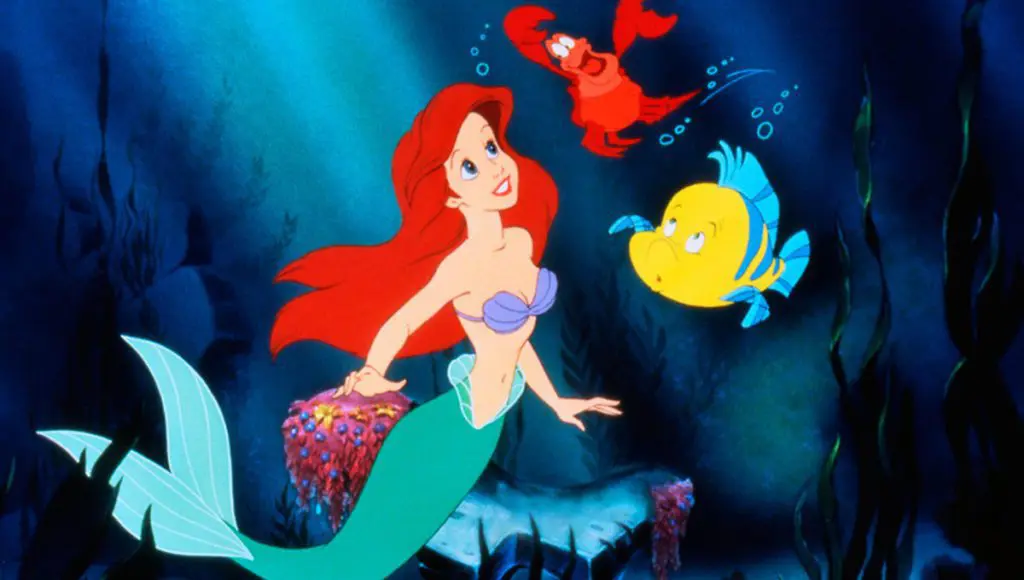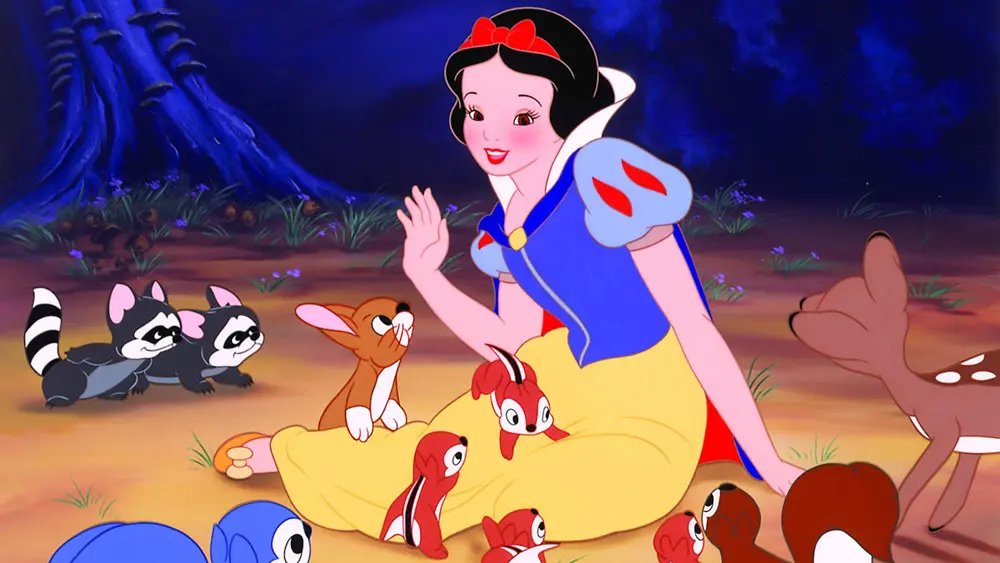With Tim Burton’s live-action remake of Dumbo now released, I thought it was time we addressed the elephant in the room (excuse the pun), and start discussing how significant Disney films have been to educate as well as entertain countless children growing up. Disney films have always been there to provide important life lessons for their intended audience.
The original Dumbo (1941) had a very important moral at its center about not judging others on their looks, and the idea that we all have our own special talent, whether that being a smart wise-cracking talking mouse in the form of Timothy, or Dumbo with his massive ears. Dumbo also features a surreal sequence when Timothy and Dumbo who accidentally become intoxicated (through drinking water spiked with champagne), see pink elephants sing, dance and play marching band instruments during a hallucination sequence. “Seeing pink elephants” is a euphemism for drunken hallucination caused by alcoholic hallucinosis.
By inserting this sequence into a children’s film, it helps warn children not to go on any pub crawls! Watching this as a child, this sequence literally gave me nightmares, and is partly the reason why I am so square. The sequence is also steeped in heavy Freudian concepts, such as the unconscious coming to the foreground and the development of the human psyche with the id, ego, and superego. The id is the impulsive (and unconscious) part of our psyche which responds directly and immediately to the instincts.

The id operates on the pleasure principle which is the idea that every wishful impulse should be satisfied immediately, regardless of the consequences. This is exactly what occurs in Dumbo, with the two characters consuming the spiked water without being aware of the consequences. To overcome the stage of id, Dumbo must develop an ego and finally a superego. This is a pretty big life lesson to throw into a film about a flying elephant, right?
Well, the majority of Disney films are based on fairy-tales, and the history of fairy-tales is rooted in these tales being moral lessons. These fairy-tales help a young child make sense of what it is to be human and helps them understand the world around them. The fairy-tale genre provides ways for children to receive important messages and offers fundamental elements for children’s development.
Freud believed in the importance of fairy tales in the mental development of children. Fairy-tales exist to teach their audience a lesson, whether it be not to trust strangers or not to go into the woods alone, not to stray from the path and not to take poison apples from old ladies. Snow White was a naive young woman, who trusted others too well, and her naivety eventually led to her ‘death’. Snow White (like many of the Disney Princesses such as Cinderella and Sleeping Beauty) are stuck in the ego stage of development.
The ego can be impulsive and as a result, people can make rash decisions. Ariel from The Little Mermaid (1989) is a perfect example of the ego running amok. After saving Eric and falling in love with him (it’s astonishing how many Disney heroes just happen to find their true love so easily), Ariel exchanges her voice to be allowed on dry land for three days. So caught up in her own pursuit of pleasure, Ariel is unaware that Ursula is deceiving her. Important life lesson to all kids out there – if it seems too be good to be true, then it probably is a trick. Always read the small print!

Many of the Disney villains are stuck in the id stage of development. The id engages in primary process thinking, which is primitive, illogical, irrational, and fantasy oriented. This form of process thinking has no comprehension of objective reality and is selfish and wishful in nature. Take Mother Gothel in Tangled (2010) who is so caught up in her own irrational beliefs and selfishness that she steals Rapunzel and imprisons her, because the girl’s hair has healing properties and Gothel is determined to hold onto her youth and beauty.
To return to Snow White (1937), the evil stepmother is filled with jealousy and wants to kill Snow White as she is dominated by an overpowering drive. The evil step mother shows signs of displacement, (choosing a substitute to channel her personal frustration) as a result of Snow White’s superior beauty. The ego has no concept of right or wrong, it just does whatever it wishes.
Fairy-tales and Disney films not only aid in child development; they can also offer a way of accessing a child’s imagination by exploring memories of fairy tales and using them to address painful or unsettling issues in a non-threatening manner. For instance, the struggle between good and evil is a frequent theme in Disney films whether it be in Aladdin (1992), or The Lion King (1994), with two young male characters defeating a much older male character who is ‘evil’. In a therapeutic sense, this can be interpreted as internal conflict or the tension between the id and ego.
So, if people ask you why you are watching yet another Disney film, just explain that it is for psychological and educational purposes. There’s more to Disney films then talking mice, flying elephants, pretty princesses, and fun songs.




